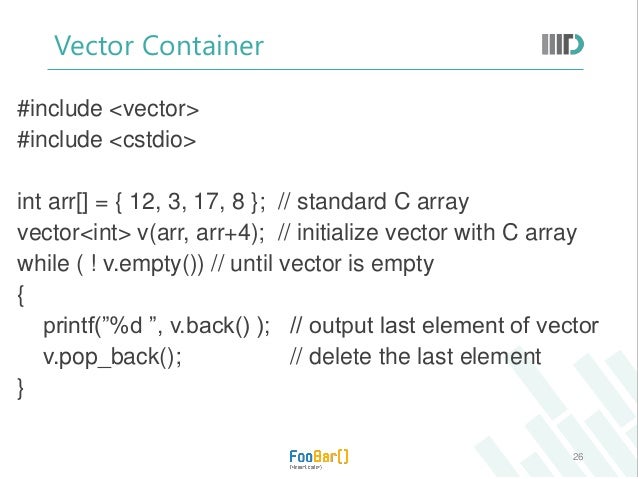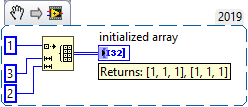

Example 2: Create Matrix of Unknown Size If you don’t know what the final size of the matrix will be ahead of time, you can use the following code to generate the data for the columns of the matrix and bind each column together using the cbind. In R, one column is created by default for a matrix, therefore, to create a matrix without a column we can use ncol =0. A matrix( c(2, 4, 3, 1, 5, 7), the data elements nrow2, number of rows ncol3, number of columns. The result is a matrix with 10 rows and 3 columns in which every element in the matrix is blank. The number of rows and columns can be different and we don’t need to use byrow or bycol argument while creating an empty matrix because it is not useful since all the values are missing. Obj] <- some_func( inp_vec reminds us that the default for 'mode' is logical and that R has a fairly rich set of automatic coercion methods, although I find his suggestion vector(,10) to be less clear than would be logical(10) which is its equivalent.An empty matrix can be created in the same way as we create a regular matrix in R but we will not provide any value inside the matrix function. Technically, lists are "vectors" in R, so this is a recommended (even necessary) practice for constructing lists with for-loops: obj <- list( length(inp_vec) ) For example, the following code will produce a 3 by 3 matrix: mtx <- matrix(3:11, nrow. The data elements must be of the same basic type. A matrix can be created in R using the matrix() function.

Example 1: In this example, we will be converting a given character matrix of 3 columns and 3 rows and 9 elements to a numeric matrix using as.numeric function and the matrix() function is r language.

The number of rows and columns can be different and we don’t need to use byrow or bycol argument while creating an empty matrix because it is not useful since all the values are missing. In addition, a matrix object in R is actually a vector that the number of rows and columns are set in the attribute dim. By this, the user ends up the process to receive the numeric matrix from the matrix() function in r language. It's good that you ask because pre-allocating long vectors before for-loops that will be assigning results to long objects are made more efficient by not needing to successively lengthen vectors. We reproduce a memory representation of the matrix in R with the matrix function. An empty matrix can be created in the same way as we create a regular matrix in R but we will not provide any value inside the matrix function.


 0 kommentar(er)
0 kommentar(er)
